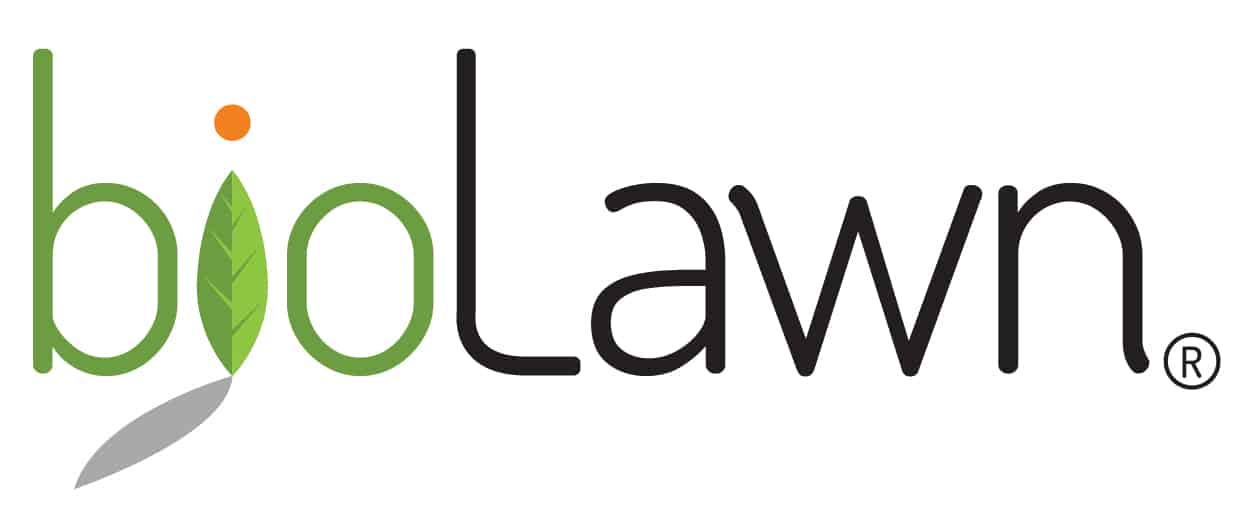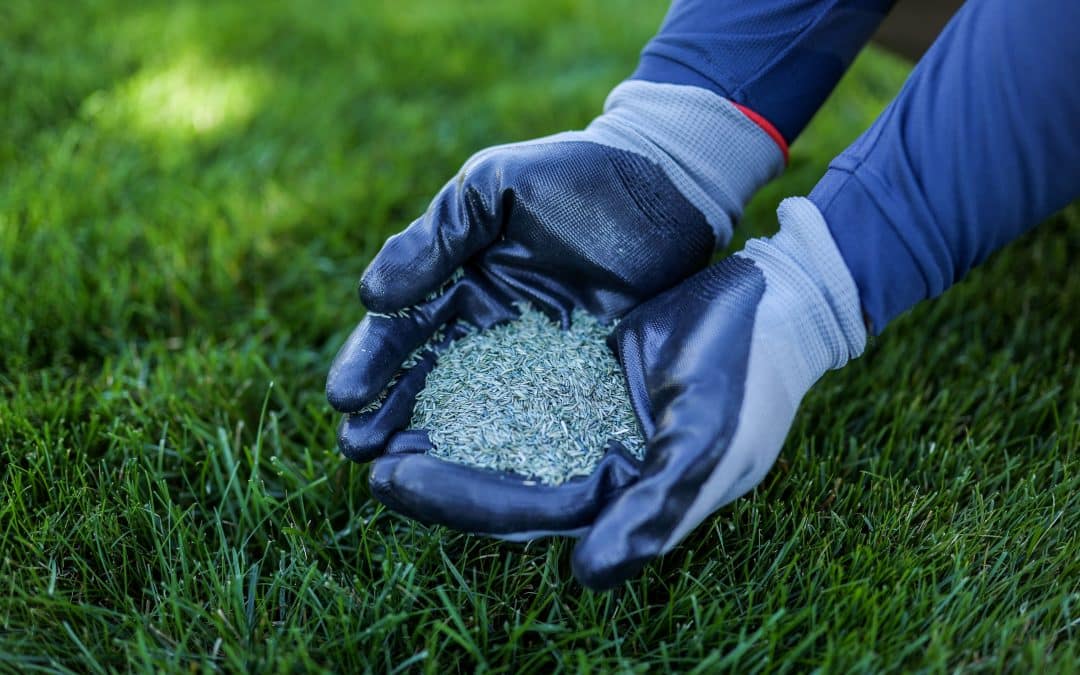When it comes to seeding your lawn, the right grass seed makes all the difference. In the Twin Cities, our climate is unique — cold winters, hot summers, and unpredictable moisture mean you can’t just grab any bag off the shelf. Marketing and sales messages often push the wrong type of seed for the wrong conditions, so knowing what to look for matters.
The right seed blend will help you grow a thick, healthy lawn that can handle Minnesota weather year after year. Here’s how to pick the right seed for your yard.
Start with the Best Grass Types for Minnesota to Choose the Right Grass Seed
In our region, Kentucky bluegrass, fine fescue, and perennial ryegrass are the best foundation grasses for most lawns:
- Kentucky bluegrass – Deep green color, dense growth, and excellent recovery from damage. Best in sunny areas with well-prepared soil.
- Fine fescue – Includes creeping red, chewings, hard, and sheep fescues. Tolerates shade, needs less fertilizer, and has strong drought resistance.
- Perennial ryegrass – Germinates quickly, ideal for fast coverage or overseeding. Often included to fill in thin spots while slower-growing grasses mature. However, it’s prone to winter kill in Minnesota and may not survive more than a few seasons.
You may also see these other grasses in blends:
- Tall fescue – Coarser texture but highly drought-tolerant and durable, making it good for high-traffic or low-maintenance areas. That said, it lacks full winter hardiness here and may thin over time.
Match the Seed Blend to Your Lawn Conditions to Choose the Right Grass Seed
The best lawn seed is usually a blend, not a single species. Match your blend to your site conditions:
- Sunny areas: Kentucky bluegrass dominant, with a small percentage of ryegrass for quick germination.
- Shady areas: Higher proportion of fine fescue, with some bluegrass to add density when light filters through.
- Wet or low spots: Kentucky bluegrass often performs best, but no grass thrives in standing water. Improve drainage if possible.
- Hilly or dry slopes: Certain fine fescues handle drought well; in very dry spots, tall fescue can be an option.
Pro tip: Don’t trust only the front of the bag (“Shady Mix” or “Sun/Shade Mix”). Flip it over and check the label for the actual seed percentages.
| Lawn Condition | Recommended blend | Notes |
| Full Sun | 70-80% Kentucky Bluegrass
10-20% Fine Fescue 10-20% Perennial Ryegrass |
Best for open lawns with at least 6-8 hours per day of sunlight |
| Partial Shade | 50-60% Fine Fescue
30-40% Kentucky bluegrass 10-20% Perennial Ryegrass |
Good balance for areas that get 4-6 hours of sunlight |
| Full Shade | 80-90% Fine Fescue
10-20% Kentucky Bluegrass |
For areas that get 1-4 hours of sunlight per day |
| Wet/low areas | 60-70% Kentucky Bluegrass
30-40% Fine Fescue |
Avoid constant standing water and improve drainage |
| Dry slopes/Hills | 50-70% Fine Fescue
30-40% Kentucky Bluegrass 10-20% Perennial Ryegrass |
Choose drought tolerant varieties – Tall Fescue is also an option |
| High Traffic Areas | 60-80% Kentucky Bluegrass
20-40% Perennial Ryegrass |
Perennial ryegrass provides good traffic tolerance, while bluegrass maintains density. Tall fescue is also an option |
Grass Seed Varieties Matter to Choose the Right Grass Seed
Within each grass species there are thousands of varieties. Each variety has its own germination speed, color, disease resistance, heat tolerance, and winter survival. Choosing the right variety can make a big difference in long-term performance.
While it’s hard for homeowners to research every variety, reputable brands like Scotts or Pennington generally source better genetics.
Know What’s Really in the Bag to Choose the Right Grass Seed
Every grass seed bag sold in Minnesota has a label showing:
- Seed type and percentage – The breakdown of each grass species.
- Weed seed content – Keep this under 0.3% (lower is better).
- Other crop seed – Non-lawn grasses like timothy or orchardgrass. Aim for 0.0%; they can’t be selectively removed once established.
- Noxious weed seed – Regulated invasive species you do not want in your lawn.
- Germination rate – Higher is better for a fuller lawn, but don’t get caught up in this number.
Watch Out for Old Seed
Grass seed loses viability over time. Look for the “sell by” or “test date” on the label — seed tested within the past year is best. Avoid deep discounts on older stock, no matter how tempting the price.
Consider Helpful Additives to Choose the Right Grass Seed
Some premium seeds come coated with materials to aid establishment:
- Water-managing polymers – Help soil retain moisture longer during germination.
- Fertilizer coatings – Provide an early nutrient boost.
- Disease-protection coatings – Reduce risk of seedling diseases.
These can help in challenging areas, but they’re not essential — and they can’t replace consistent watering and proper soil prep.
A Few Extra Tips from the Field
- Buy quality over quantity – Cheap seed often contains filler, weed seed, and low germination rates.
- Support local suppliers – Stores like Gertens and Bachman’s often carry blends tested for Minnesota conditions.
Bottom line:
For Twin Cities lawns, start with a high-quality Kentucky bluegrass and fine fescue blend, tailor it to your sun/shade and moisture conditions, and always read the seed label. A little effort up front will pay off with a healthier, thicker, and more resilient lawn for years to come.

